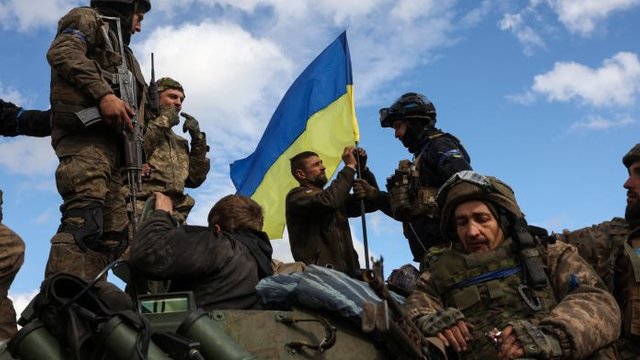The Ongoing Conflict: Understanding the War in Ukraine

The war in Ukraine has been a prolonged and devastating conflict that has gripped the region for several years. Rooted in political, historical, and cultural tensions, it has had far-reaching consequences not only for Ukraine but also for international relations. Here, we delve into the complexities of this ongoing conflict.
Historical Context:
The origins of the conflict can be traced back to Ukraine’s history of being caught between the influence of Russia and the West. The dissolution of the Soviet Union in 1991 led to Ukraine gaining independence, but it also left the country grappling with its identity and geopolitical affiliations.
Euromaidan Protests:
Tensions escalated in 2013 when then-President Viktor Yanukovych rejected a proposed association agreement with the European Union in favor of closer ties with Russia. This decision sparked mass protests known as the Euromaidan movement, demanding closer integration with Europe and an end to corruption.
Annexation of Crimea:
In 2014, Russia annexed Crimea, a move widely condemned by the international community. The annexation further fueled tensions and prompted fears of further Russian aggression in Eastern Ukraine.
Conflict in Eastern Ukraine:
Following the annexation of Crimea, pro-Russian separatist movements emerged in Eastern Ukraine, particularly in the Donetsk and Luhansk regions. These separatists, backed by Russia, sought to break away from Ukraine and establish independent republics.
Humanitarian Crisis:
The conflict has taken a heavy toll on civilians, with thousands killed and millions displaced. Human rights abuses, including indiscriminate shelling and the use of landmines, have been reported by various international organizations.
International Response:
The international community has condemned Russia’s actions and imposed economic sanctions in an effort to pressure Moscow to de-escalate the conflict. Diplomatic efforts, including the Minsk agreements aimed at achieving a ceasefire and a political resolution, have had limited success.
Stalemate and Uncertainty:
Despite numerous ceasefire agreements, the conflict remains unresolved, with sporadic outbreaks of violence continuing to claim lives on both sides. The situation is further complicated by the involvement of various armed groups and the presence of foreign fighters.
Hope for Peace:
While the road to peace in Ukraine remains uncertain, there are glimmers of hope. Diplomatic efforts, however challenging, continue, and there is a growing recognition of the need for a negotiated settlement that respects Ukraine’s sovereignty and territorial integrity.
Conclusion:
The war in Ukraine is a tragic reminder of the devastating consequences of political instability and geopolitical rivalries. It serves as a sobering lesson for the international community and underscores the importance of diplomacy, dialogue, and respect for international law in resolving conflicts and promoting peace. As the world continues to grapple with the complexities of the situation, the people of Ukraine continue to hope for a future free from violence and division.